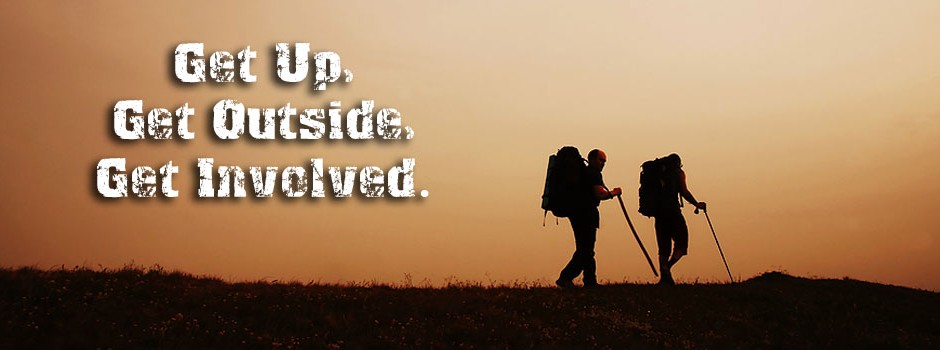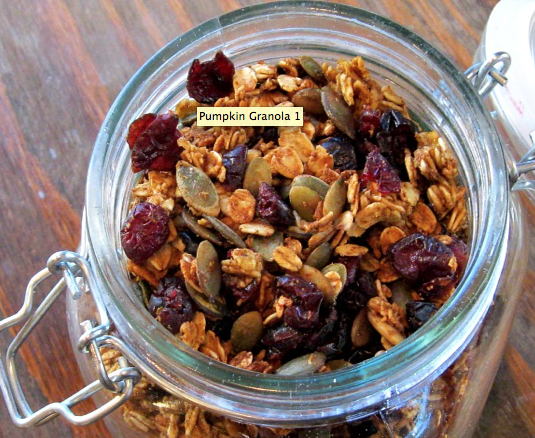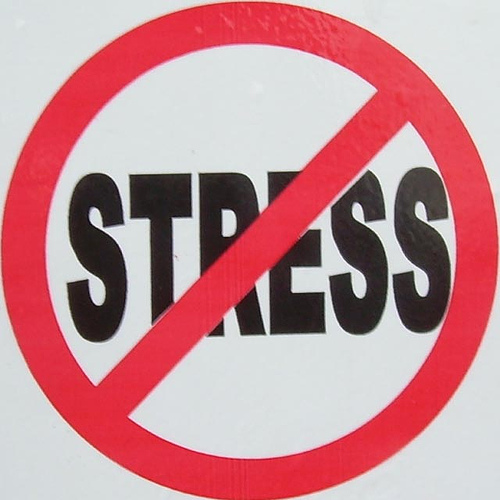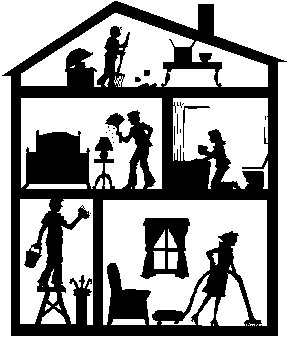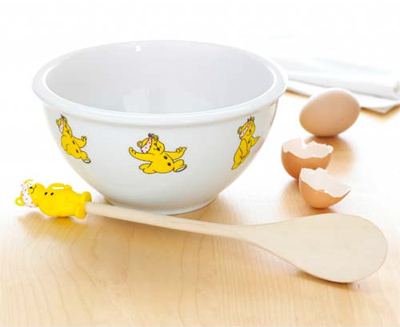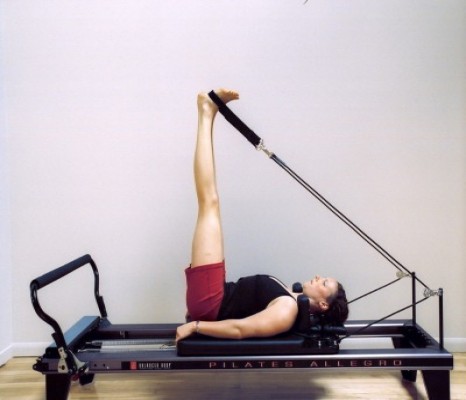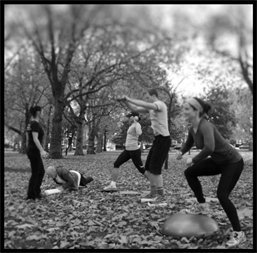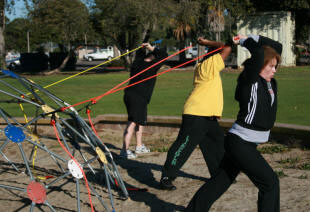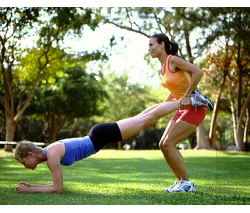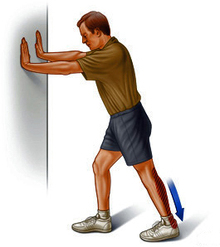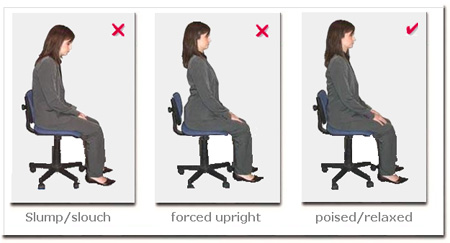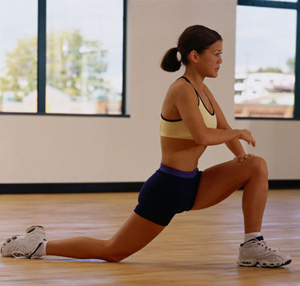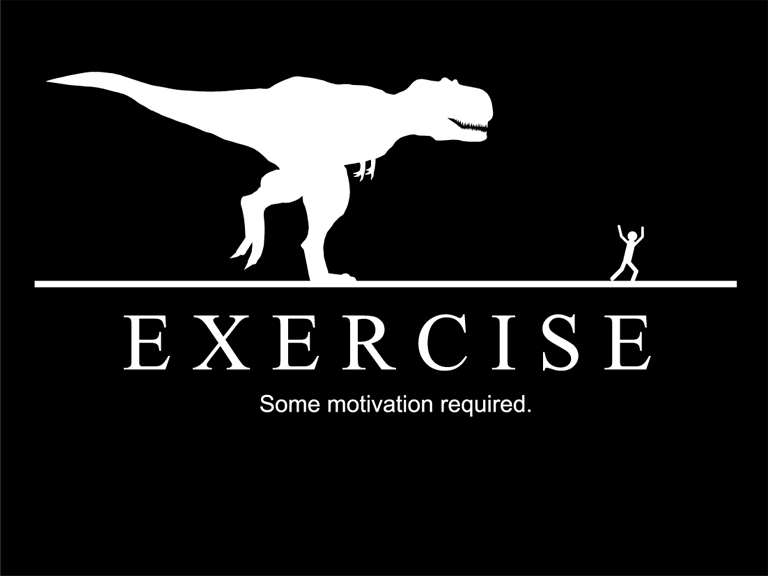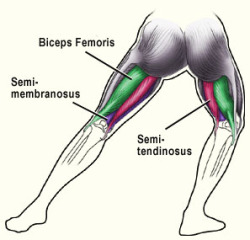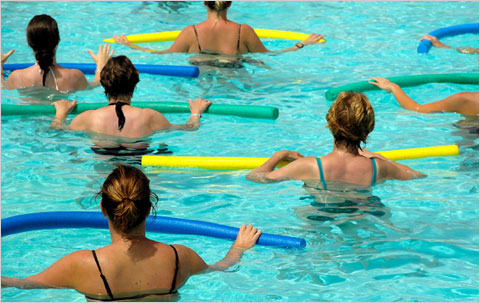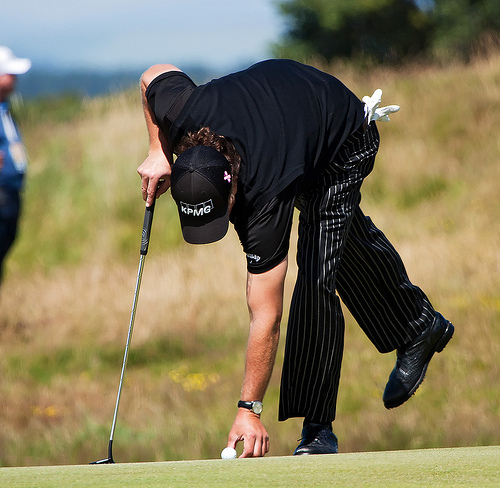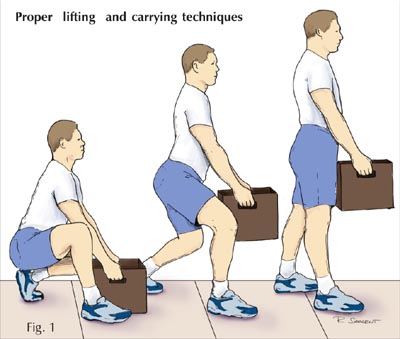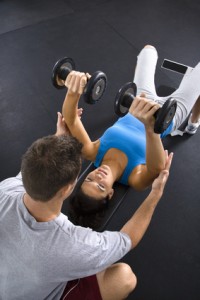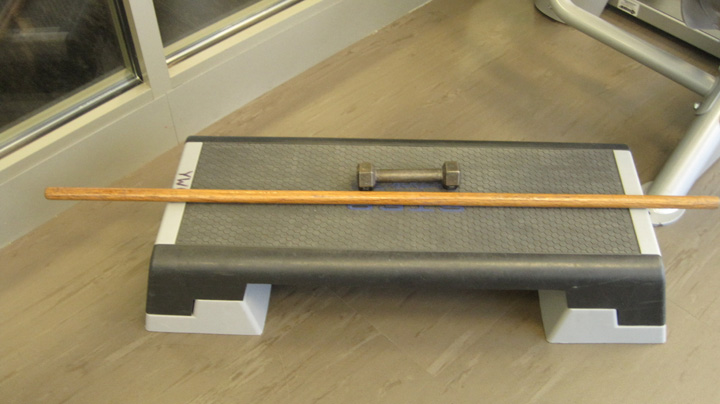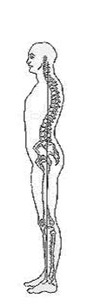You’ve had a great summer. Kept up with your training schedule. Have arrived each time for your session and kept the cancellations to a minimum. You’ve proudly received your gold stars and reached your goals. New ones have been set for the Fall quarter and you’re ready to get started. There’s just one little glitch. Your personal fitness trainer is going on vacation for three weeks. Now, what do you do?
My advice. Give yourself a break from a formal program. Put your energy toward doing more daily activity as well as plan one 45-60 minute total body routine once a week.
For the daily activity stuff, focus on the following:
- Daily Activity: Aim for thirty minutes of activity daily. Move your body any which way. All activity counts.
- Standing: Stand up every 45-minutes. Move around. Get some water. Take a stretch break. Go for a little walk about.
- Core: Work on activating your abs by pulling them in and up. Bring your shoulders back under your ears, focus your eyes straight ahead, bring your chin down and back so that your forehead is in line with your chin. Now, take three deep breaths.
- Driving: Every time you stop the car, work on pulling your shoulders back or your chin down.
- Watching TV: Move around during the ads or stand up and stretch.
- Stretching: Some light stretching done daily is the answer to staying flexible both in body and mind.
For your weekly Workout, use the FITT formula as a guide for your more structured time:
- Frequency: 1x a week
- Intensity: Hard to somewhat hard or a rate of 5-7 on the perceived exertion scale*
- Time: 30-60 minutes
- Type: Total Body exercise routine – Cardio, Weights, Core Work and Stretching
*Want to learn more about perceived exertion go here.
Added to what is above, the goal is find new and interesting ways to get your body moving. Whether it’s yard work, a home renovation project, or something else, it’s all about moving your body in new ways that's important. Plus, September is going to be a beautiful month. Take it outside.
